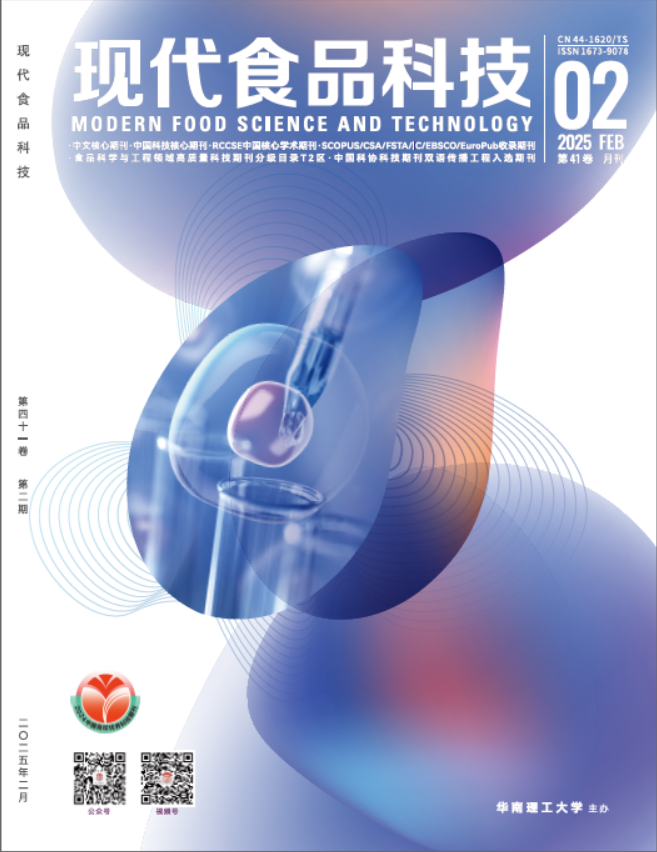Abstract:
Powder X-ray diffraction (PXRD) is a simple and rapid non-destructive test technique, which has rarely been applied to the detection of sea cucumber and its illegal additives. In this work, a PXRD identification method was set up for detecting illegally-added sugar in dried sea cucumber. Eight kinds of commercial dried sea cucumbers (Cheng Zhen dried Sea cucumber, Bangchui Island dried sea cucumber, Liao sea cucumber, high-quality sea cucumber, Russian sea cucumber, wild sea cucumber, Caishen Island dried sea cucumber and Changsheng Island dried sea cucumber) were purchased randomly, and their PXRD patterns and characteristic mark peaks were obtained. The PXRD spectrum simulation of organic molecular crystals was applied to identify the origin and content of the sugar in the sea cucumbers. The results indicated that there were no organic molecular crystals existed in the body walls of sea cucumber, and the main component of sea cucumber sand mouth was magnesium calcium carbonate (Mg0.1Ca0.9CO3) with a rhombohedral structure. The artificially incorporated sucrose could crystallize in dried sea cucumber, thereby forming a series of diffraction peaks that were detected by PXRD technique. Sucrose was illegally added to Liao sea cucumber at a content of 4.45 g/100 g. The salt contents of Cheng Zhen dried Sea cucumber, Bangchui Island dried sea cucumber, Liao sea cucumber, high-quality sea cucumber, Russian sea cucumber, wild sea cucumber, Caishen Island dried sea cucumber and Changsheng Island dried sea cucumber were 3.62 g/100 g, 4.40 g/100 g, 3.55 g/100 g, 2.87 g/100 g, 1.60 g/100 g, 15.56 g/100 g, 2.35 g/100 g and 3.90 g/100 g, respectively. The sand contents of Cheng Zhen dried sea cucumber, Bangchui Island dried sea cucumber, high-quality sea cucumber, Russian sea cucumber, wild sea cucumber, Caishen Island dried sea cucumber and Changsheng Island dried sea cucumber were 2.12 g/100 g, 0.62 g/100 g, 0.14 g/100 g, 0.22 g/100 g, 0.38 g/100 g, 0.85 g/100 g and 0.90 g/100 g, respectively. Thus, the PXRD technique is suitable for quality control of sugars and salt in commercial dried sea cucumber.

